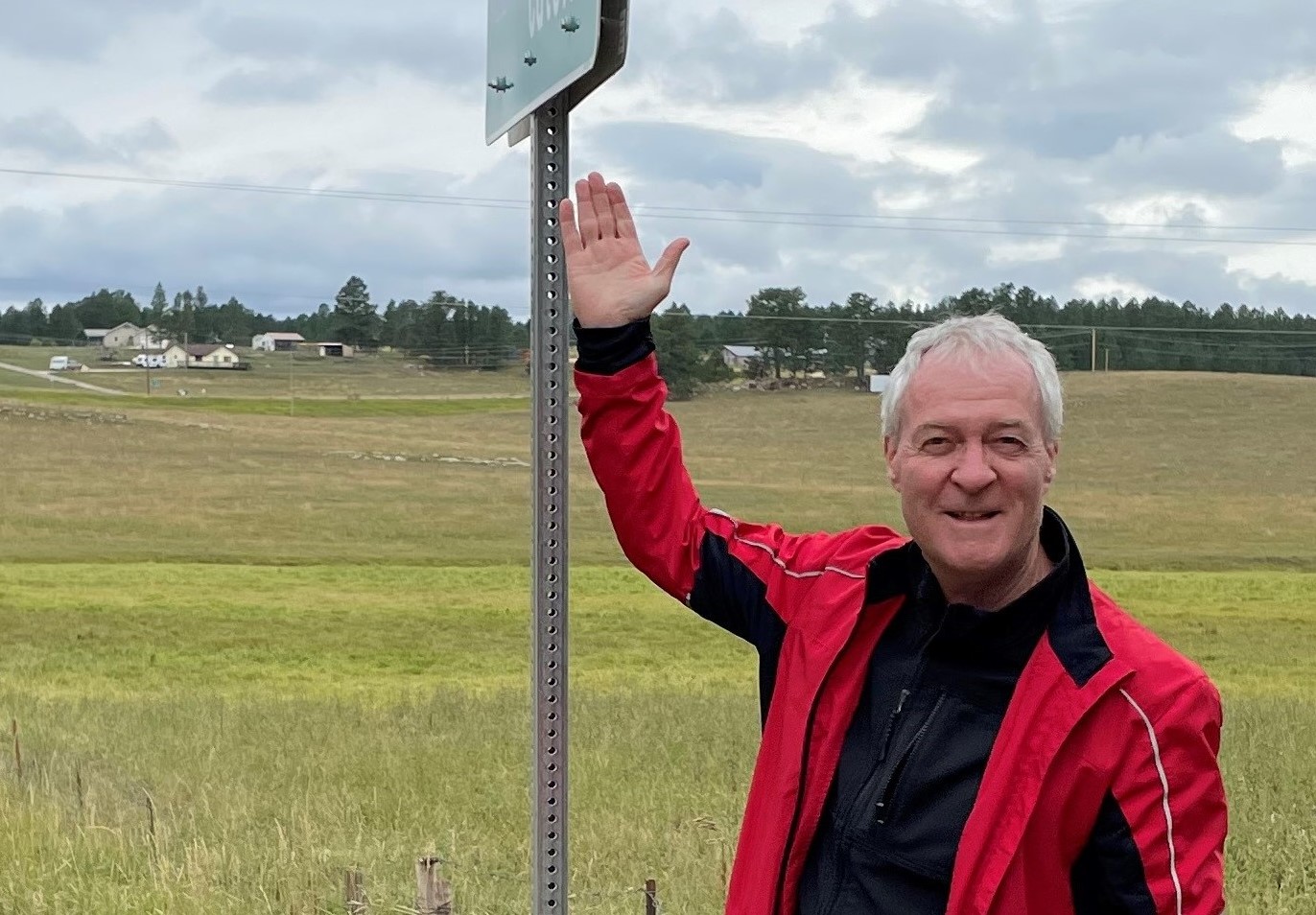The SMU Geology Guest Speaker Series welcomes Dr. Alan J. Anderson

Location: Science Building - 408
Dr. Alan J. Anderson: Honours BSc (Windsor), MSc (Manitoba), PhD (Queen’s)
After completing his PhD at Queen’s University, Kingston, Alan worked as research fellow in the fluids research laboratory at Virginia Tech and was a Professor in the Department of Geology at St. Francis Xavier University from 1989 to 2022. He is currently an Adjunct Professor in the Department of Geology at Saint Mary’s University, Halifax. Alan is a fellow of the Mineralogical Society of America and the recipient of the Mineralogical Association of Canada Hawley medal for the best paper to appear in The Canadian Mineralogist in 1998 and 2004. He was also awarded the W.W. Hutchison medal from the Geological Association of Canada in 2005 for recent exceptional advances in Canadian earth science research, and was a visiting scientist at the GeoForschungsZentrum, Potsdam, Germany in 2003. Alan has served as an associate editor for the American Mineralogist and is currently an associate editor for the Canadian Journal of Mineralogy and Petrology. His most recent research focuses on understanding the derivation, internal evolution, and critical mineral-forming processes in granitic pegmatites through field studies in Africa, Australia, and North America, and through in situ characterization of melt-fluid systems using a hydrothermal diamond anvil cell.
'Rare Alkali Fractionation in Miarolitic Pegmatites: Insights from Hydrothermal Diamond Anvil Cell Experiments'
Abstract: A global review of K-feldspar compositions from miarolitic pegmatites shows that pocket K-feldspars are commonly enriched in rare alkalis relative to exopocket K-feldspar within the same body. Although most petrologists contend that miarolitic cavities develop after exsolution of an aqueous fluid from the pegmatite melt, recent Rayleigh modeling of simultaneous crystallization of K-feldspar from a melt and coexisting aqueous solution predicts that the Cs content of K-feldspar falls to nil. This implies that rare alkali enriched (e.g., up to 2,190 ppm Cs) pocket K-feldspar had to have crystalized from a pegmatite melt or pegmatite boundary layer melt prior to fluid exsolution. To investigate the possible role of aqueous solution in pocket feldspar crystallization, and the mechanism responsible for the high uptake of Cs and Rb in pocket K-feldspar, the composition of synthetic K-feldspars formed at 500 °C from a supercritical aqueous fluid in a granitic melt + fluid system was determined. The K/Cs ratio of the synthetic K-feldspar was compared to modeled K/Cs ratios for K-feldspars formed from a granitic melt in which the initial Cs concentration (Co) was the same as the starting glass used in the experiments. The experiments show that the Cs content of K-feldspar formed in a fluid-melt system greatly exceeds the modeled values determined using existing partition coefficients (D aq/meltCs) and (D aq/KfsCs).
Furthermore, the K/Cs ratios of K-feldspar formed in the aqueous fluid are orders of magnitude lower than that predicted using the Rayleigh fractionation model. The high uptake of Rb and Cs in synthetic and natural pocket K-feldspar is attributed to kinetic effects associated with rapid crystal growth in an aqueous fluid that coexists with a highly fractionated residual pegmatite melt. These results show that the observed patterns of decreasing K/Rb and K/Cs ratios in K-feldspar from the margin of a pegmatite to crystal-lined pockets near the core should not be attributed solely to fluid absent crystal-melt fractionation and that Cs-rich K-feldspar may form in the presence of exsolved supercritical fluid as previously proposed by Jahns and Burnham (1969). The talk will highlight some advantages of hydrothermal diamond anvil cell experiments for understanding geochemical patterns in critical mineral-bearing granite pegmatites.
Jahns, R.H. and Burnham, C.W. (1969): Experimental studies of pegmatite genesis. I. A model for the derivation and crystallization of granitic pegmatites. Economic Geology 64, 843-864.